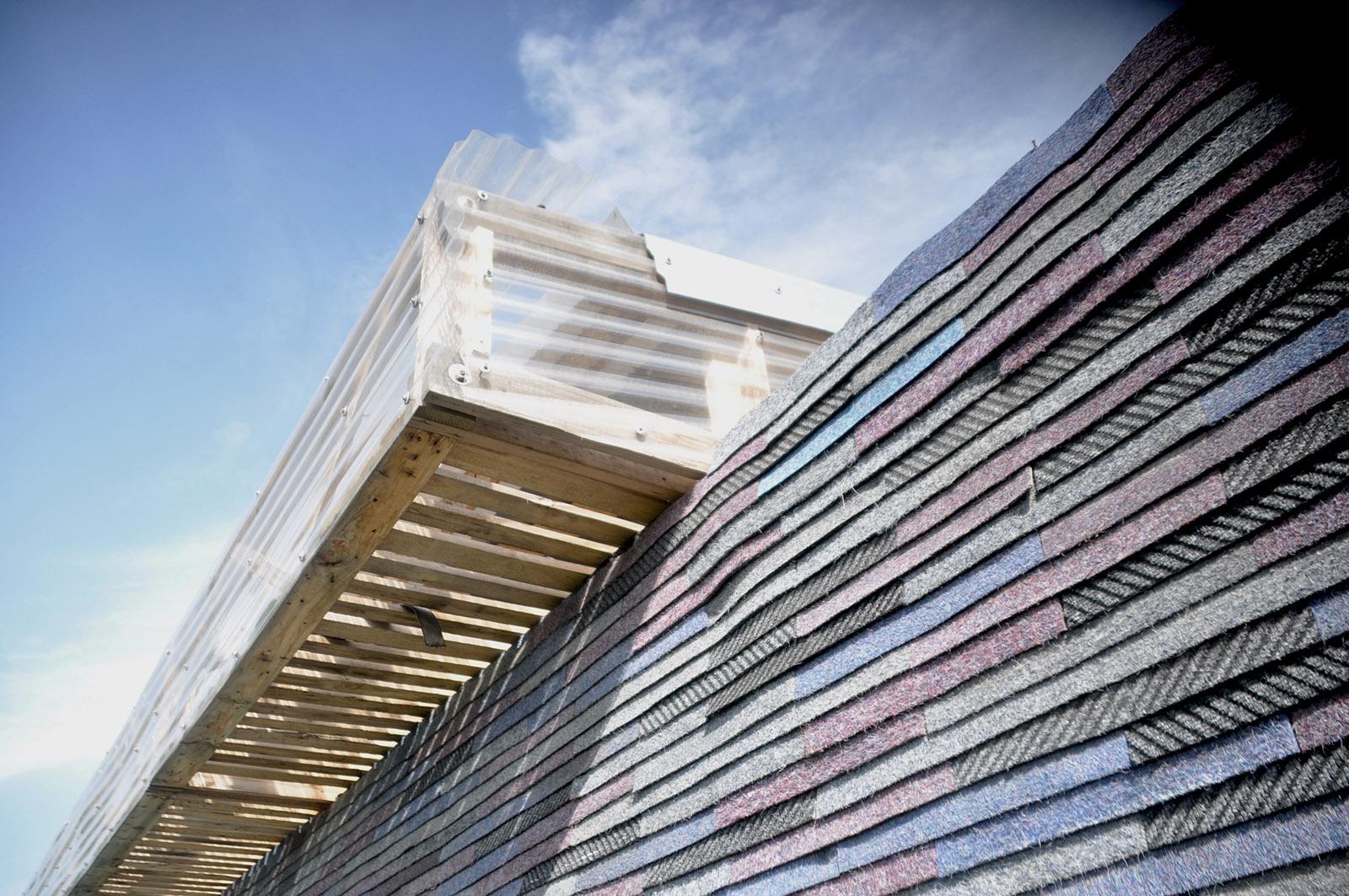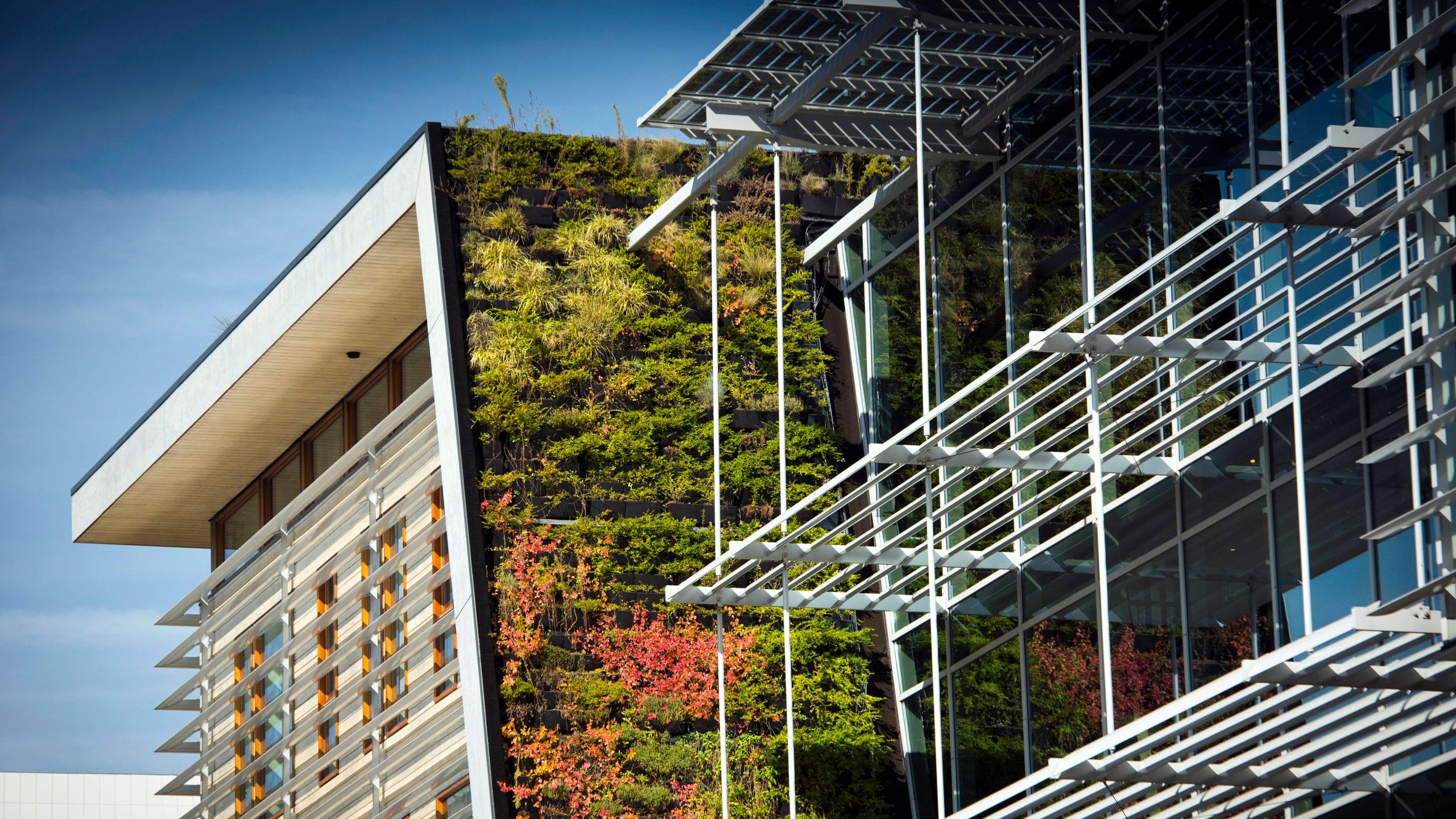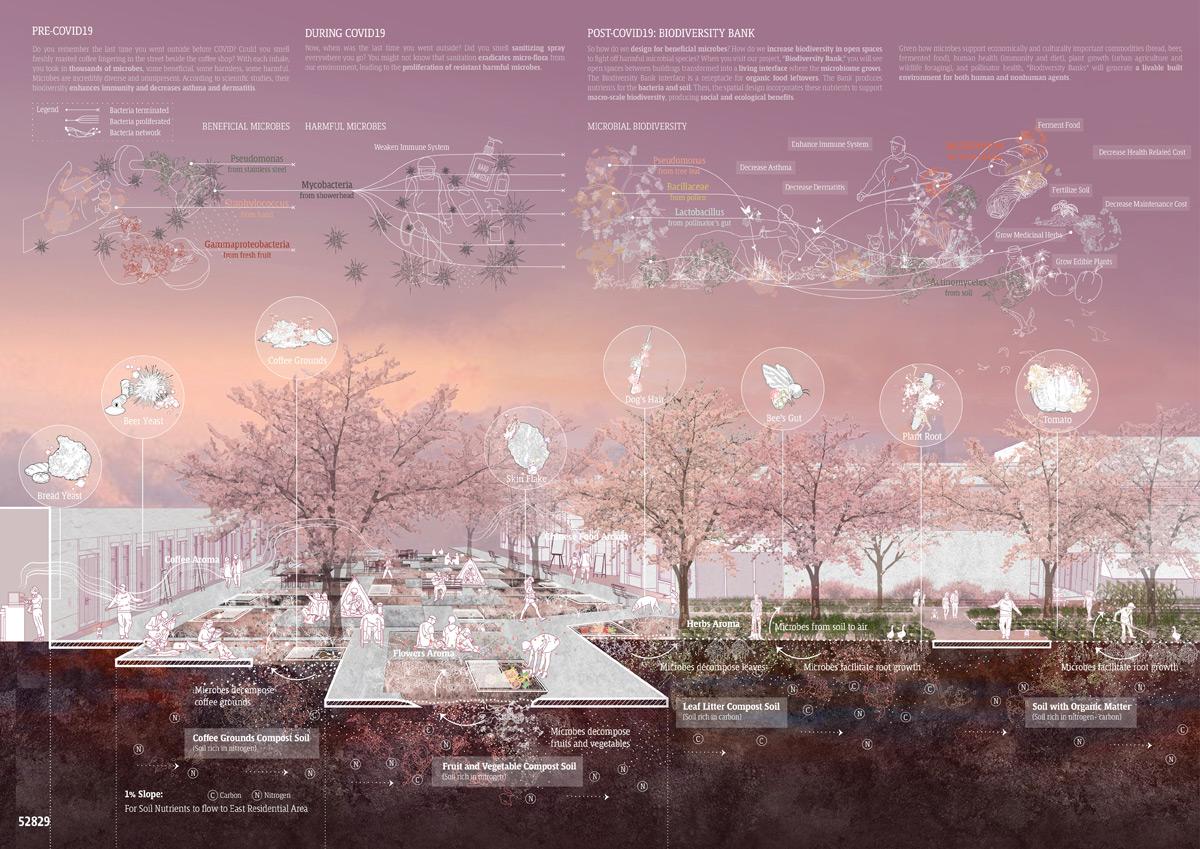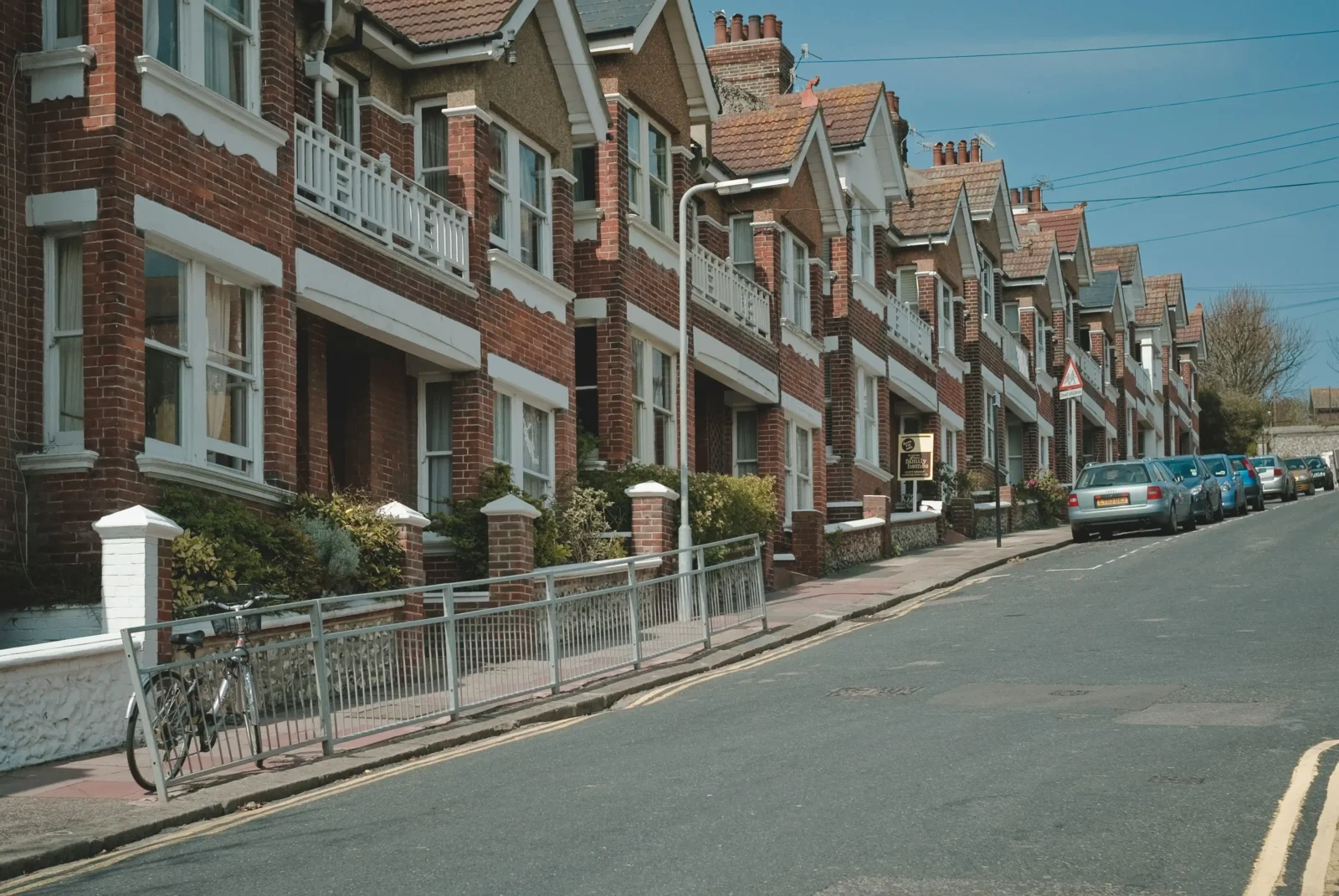- Home
- Articles
- Architectural Portfolio
- Architectral Presentation
- Inspirational Stories
- Architecture News
- Visualization
- BIM Industry
- Facade Design
- Parametric Design
- Career
- Landscape Architecture
- Construction
- Artificial Intelligence
- Sketching
- Design Softwares
- Diagrams
- Writing
- Architectural Tips
- Sustainability
- Courses
- Concept
- Technology
- History & Heritage
- Future of Architecture
- Guides & How-To
- Art & Culture
- Projects
- Interior Design
- Competitions
- Jobs
- Store
- Tools
- More
- Home
- Articles
- Architectural Portfolio
- Architectral Presentation
- Inspirational Stories
- Architecture News
- Visualization
- BIM Industry
- Facade Design
- Parametric Design
- Career
- Landscape Architecture
- Construction
- Artificial Intelligence
- Sketching
- Design Softwares
- Diagrams
- Writing
- Architectural Tips
- Sustainability
- Courses
- Concept
- Technology
- History & Heritage
- Future of Architecture
- Guides & How-To
- Art & Culture
- Projects
- Interior Design
- Competitions
- Jobs
- Store
- Tools
- More

In an era increasingly defined by consumerism and environmental degradation, the concept of upcycling has emerged as a sustainable alternative that redefines our approach to waste and resource management. Unlike recycling, which breaks down materials to their base form for reuse, upcycling involves creatively transforming discarded or unused items into products of higher value. In essence, it breathes new life into what might otherwise be considered waste, offering an innovative solution to the problem of rapid resource depletion and landfill overflow.
The term ‘upcycling’ was popularized in the early 1990s, in contrast to the more commonly understood concept of ‘recycling.’ Where recycling often entails energy-intensive processes that downgrade the quality of materials, upcycling prioritizes ingenuity and creative thinking. It seeks to make the most out of existing resources, thereby reducing the need for new materials and lessening the strain on our planet.

Upcycling also holds immense aesthetic and functional appeal. The process often results in unique, one-of-a-kind items that can be both beautiful and purposeful. From upcycled furniture and clothing to repurposed buildings, the results can be stunning, original, and imbued with a sense of history and character.
In a world that’s becoming increasingly sensitive to issues of sustainability, waste, and environmental impact, upcycling has emerged as a compelling alternative to disposal. While this term is often associated with transforming old furniture or clothing, a new frontier for upcycling has opened up: architecture. Architectural upcycling involves the reuse and repurposing of existing buildings and materials, lending them a new function while retaining—or enhancing—their original charm. This article delves into why architectural upcycling is more relevant than ever and looks at some groundbreaking examples that demonstrate its potential.
Table of Contents
ToggleThe Environmental Imperative
Traditional construction processes are resource-intensive, involving the extraction, transportation, and use of various raw materials. This not only depletes finite resources but also contributes to pollution and greenhouse gas emissions. According to the United Nations Environment Programme (UNEP), the building and construction sector accounts for 36% of global energy consumption and nearly 40% of total direct and indirect CO2 emissions.
Architectural upcycling presents a less resource-intensive alternative, offering a sustainable path forward that aligns with global efforts to combat climate change. By repurposing existing structures and materials, we can significantly reduce the environmental footprint of our built environment.
Economic Benefits
In addition to environmental advantages, architectural upcycling often proves to be economically beneficial. Retrofitting old buildings usually costs less than demolishing and rebuilding them from scratch. Moreover, upcycled buildings often become landmarks that attract tourism and boost local economies. They offer unique aesthetics and historical significance that new constructions typically lack.

Notable Examples
The High Line, New York
Once an abandoned railroad track in Manhattan, The High Line was transformed into a public park and walkway. This project revitalized the surrounding area and became a symbol of sustainable urban regeneration.
Tate Modern, London
The Tate Modern art gallery in London is a prime example of architectural upcycling. Formerly a power station, the building was repurposed into a modern art museum, becoming one of the world’s most visited cultural institutions.

Tour Bois-le-Prêtre, Paris
This residential building in Paris was facing demolition due to its deteriorating condition. However, architects chose to upcycle it instead, adding new balconies, windows, and thermal insulation. The project extended the building’s lifespan and improved living conditions for its residents.
Challenges and Considerations
Despite its many advantages, architectural upcycling is not without its challenges. Structural and safety issues often need to be addressed, and sometimes, existing buildings may contain hazardous materials like asbestos. Moreover, reconciling modern building codes with older structures can be complex. A careful balance between preservation and renovation is essential to maintaining the integrity of the original building while ensuring it meets contemporary needs.
Architectural upcycling offers a sustainable, economically viable, and often aesthetically pleasing alternative to conventional construction methods. It resonates with the global imperative to be more environmentally responsible and can revitalize communities in unexpected ways. While there are challenges to overcome, the benefits make it an avenue worth exploring for architects, city planners, and society at large.

Submit your architectural projects
Follow these steps for submission your project. Submission FormLatest Posts
10 Interesting Facts About Zaha Hadid
Zaha Hadid was a visionary architect whose fluid forms, bold experimentation, and...
Online 3D Terrain Mapping Tools for Urban and Landscape Design in 2025
A curated guide to the best online 3D terrain mapping tools in...
Common Emergency Repairs Every Homeowner Should Be Ready For
For most of us, when something goes wrong, we have a propensity...
Designing, Retrofitting, and Valuing Non-Standard Homes in Britain
Britain’s housing stock carries a quiet contradiction. From the street, many homes...












Leave a comment